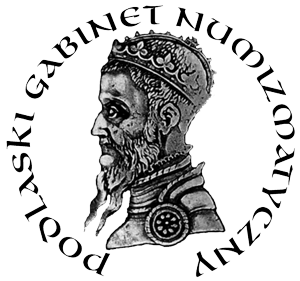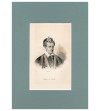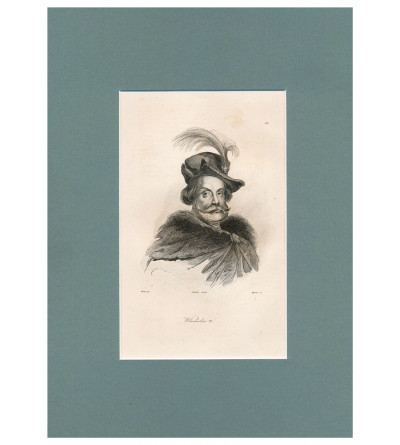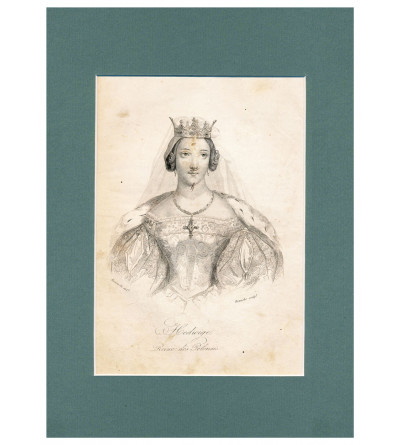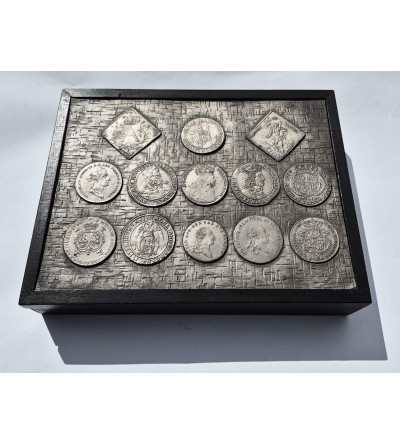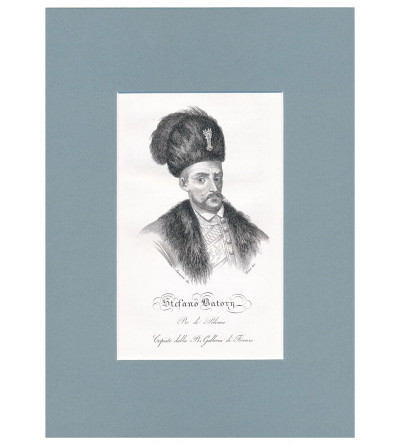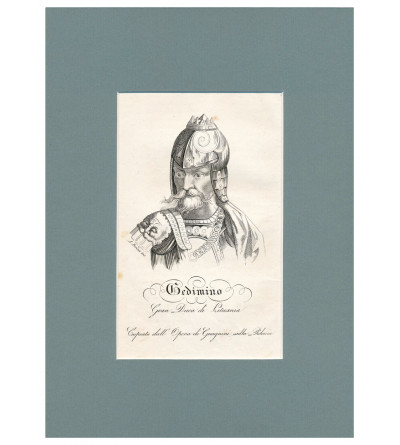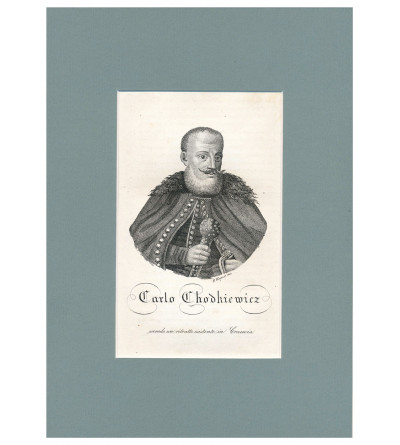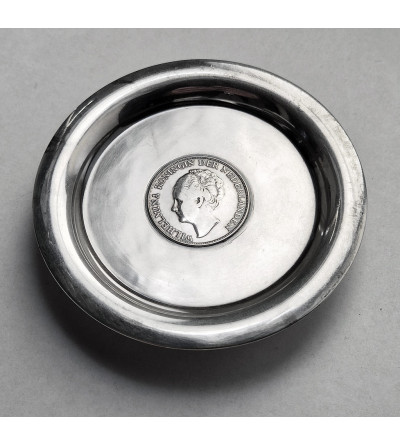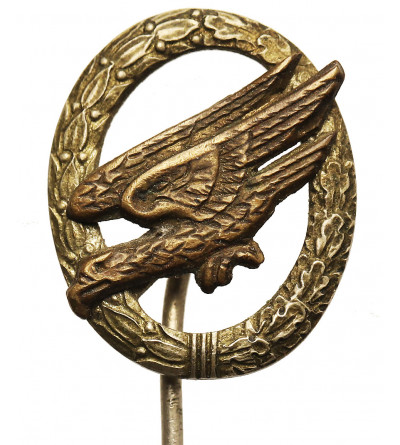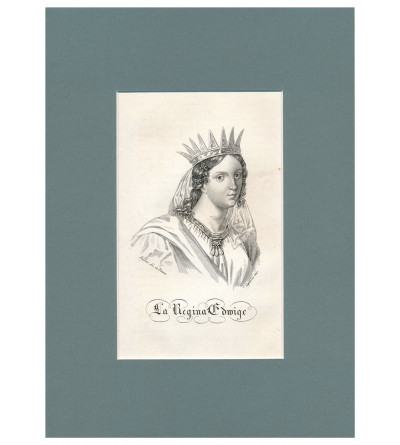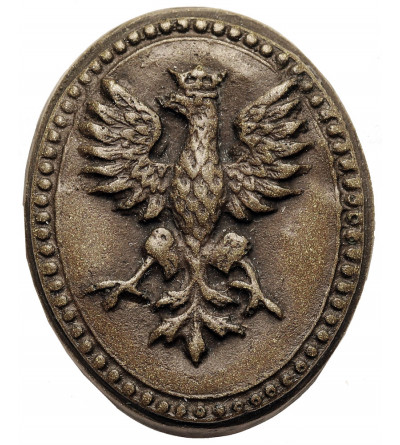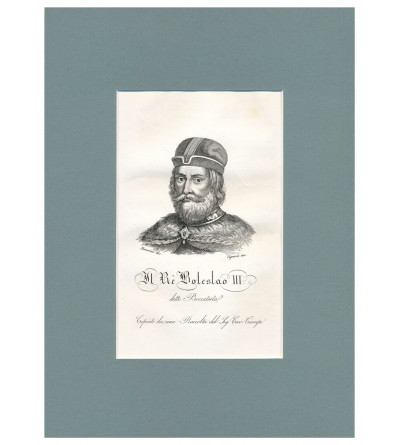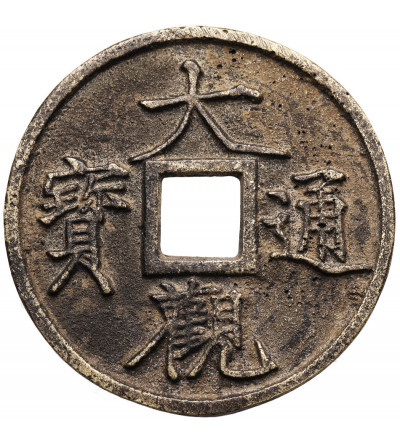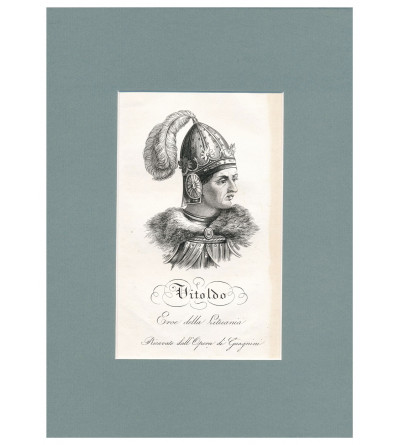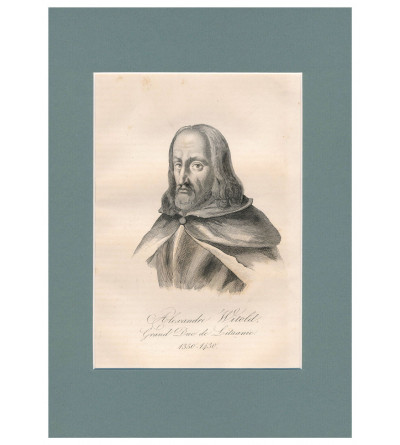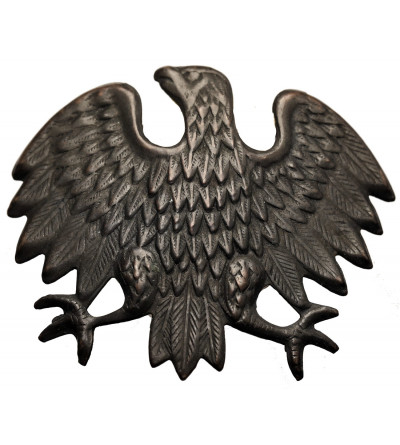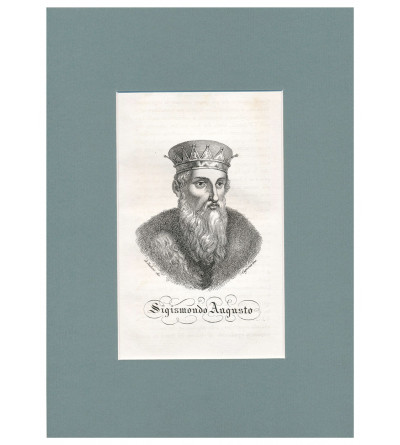Henry the Valezy (1551-1589) Poland's first elected king and Grand Duke of Lithuania from 1573 to 1575, and King of France from 1574. He was born on September 19, 1551 in Fontainebleau. He was the fourth son of Henry II of Valois and Catherine de Medici. He ruled Andegavia from 1567. He was his mother's favorite and often supported her political activities - among other things, he took an active part in preparing the slaughter of the Huguenots on St. Bartholomew's night in 1572. Since his chances for the French throne were slim, his mother became involved in securing the Polish crown for him. By the late 1560s, it was almost certain that Sigismund II Augustus would die childless, and both the Valois and Habsburgs were making efforts to secure the succession. The ground for the future victory of the French candidate was prepared by the Bishop of Valencia, Jean de Monluc, who was sent to the Vistula. Eventually, after a tumultuous election, Henry defeated his rival, Ernest Habsburg, and was proclaimed king of the Polish-Lithuanian Commonwealth on May 11, 1573. At the same time, he was obliged to swear in the Articles of Henricus (limiting his power and defining the rules of the state system) and the pacts of convent, or additional personal pledges of the king-elect. The new monarch arrived in Poland in early 1574. He was crowned on February 21 at Wawel Cathedral. From the beginning of his reign there was a dispute over the Henrician Articles, which he eventually refused to swear to, leading to the breaking off of the coronation sejm. Despite his earlier promises, the king was not going to submit to the restrictions placed on his power. He was also reluctant to accept another condition of the election - marriage to Sigismund II Augustus' sister, Anna Jagiellon, who was almost 30 years older than him. Henry's reign in Poland, however, lasted a record short time - just five months. Already at the end of May 1574, his brother, King Charles IX of France, died. His mother summoned him to France. Valois secretly left the borders of the Republic in June 1574. For the rest of his life he recognized himself as its king. Nor was he formally dethroned; the Electoral Sejm in 1575 only decided "not to wait for a king." Having returned to France, Henry took over from his late brother. In February 1575, he was crowned (as Henry III) king of France. His reign was marked by attempts to end the country's decades-long religious wars (in which, by the way, he had at times previously taken an active part). He frequently changed alliances, trying - following his mother's example - to maintain the unity and importance of royal power in France. Henry was the last of the Valois dynasty. He did not live to see any descendants. Shortly before his death, he appointed Henry de Bourbon, King of Navarre, as his successor. He died on August 2, 1589 in Saint-Cloud near Paris, stabbed to death by the Dominican Jacob Clément. Source: ciekawostkihistoryczne.pl

